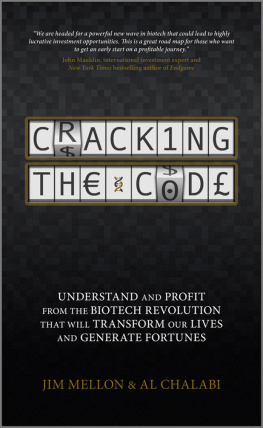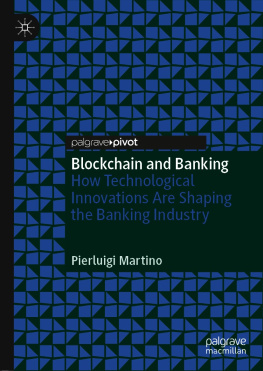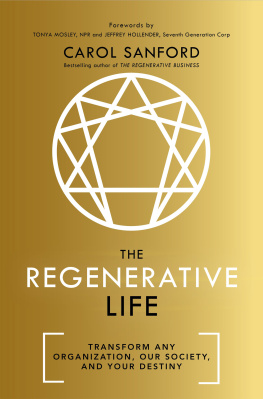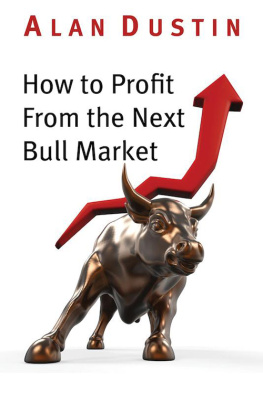
Other books by Jim Mellon and Al Chalabi
Jim and Al have been writing together since 2003. Their first book Wake Up! Survive & Prosper in the Coming Economic Turmoil (Capstone, Wiley) was published in late 2005. As the title implies, it warned of a coming financial crisis provoked by a housing bubble that was fuelled by debt and advised readers to be prepared by adopting a defensive position, such as accumulating gold.
Their second book, The Top Ten Investments for the Next Ten Years was published in 2007 and gave investors more specific advice on the asset classes that were likely outperform in the coming decade. These included the Japanese Yen, commodities and the BRIC economies. The book was updated and re-released post financial crisis in early 2009 under the title The Top Ten Investments to Beat the Crunch.
Since 2006 Jim and Al have also been writing their Wake Up! Newsletter , which they release every quarter to thousands of subscribers around the world. The newsletter provides a commentary on economic developments and offers suggestions on how readers can protect their assets from potential threats and profit from untapped opportunities. It is free to subscribe to the newsletter at www.wakeupnewsletter.com.
This edition first published 2012
2012 John Wiley & Sons, Ltd
Registered office
John Wiley & Sons Ltd, The Atrium, Southern Gate, Chichester, West Sussex, PO19 8SQ, United Kingdom
For details of our global editorial offices, for customer services and for information about how to apply for permission to reuse the copyright material in this book please see our website at www.wiley.com.
The right of the author to be identified as the author of this work has been asserted in accordance with the Copyright, Designs and Patents Act 1988.
All rights reserved. No part of this publication may be reproduced, stored in a retrieval system, or transmitted, in any form or by any means, electronic, mechanical, photocopying, recording or otherwise, except as permitted by the UK Copyright, Designs and Patents Act 1988, without the prior permission of the publisher.
Wiley publishes in a variety of print and electronic formats and by print-on-demand. Some material included with standard print versions of this book may not be included in e-books or in print-on-demand. If this book refers to media such as a CD or DVD that is not included in the version you purchased, you may download this material at http://booksupport.wiley.com. For more information about Wiley products, visit www.wiley.com.
Designations used by companies to distinguish their products are often claimed as trademarks. All brand names and product names used in this book are trade names, service marks, trademarks or registered trademarks of their respective owners. The publisher is not associated with any product or vendor mentioned in this book. This publication is designed to provide accurate and authoritative information in regard to the subject matter covered. It is sold on the understanding that the publisher is not engaged in rendering professional services. If professional advice or other expert assistance is required, the services of a competent professional should be sought.
Library of Congress Cataloging-in-Publication Data
Mellon, Jim.
Cracking the code : understand and profit from the biotech revolution that will transform our lives and generate fortunes / Jim Mellon and Al Chalabi.
p. cm.
Includes bibliographical references and index.
ISBN 978-1-119-96318-9 (hardback)
1. Biotechnology industriesFinance. 2. Pharmaceutical industryFinance. 3. Biotechnology industries. 4. Pharmaceutical industry. 5. Investments. I. Chalabi, Al. II. Title.
HD9999.B442M45 2012
338.4'76151dc23
2012002918
A catalogue record for this book is available from the British Library.
ISBN 978-1-119-96318-9 (hardback) ISBN 978-1-119-96936-5 (ebk)
ISBN 978-1-119-96937-2 (ebk) ISBN 978-1-119-96938-9 (ebk)
Acknowledgements
We owe special thanks in the preparation of this book to the following: Anthony Chow, CFA and Rebecca Allen (Jims colleagues), Mike Perry of Bay City Capital , Declan Doogan of Palantir Partners , Chris Anzalone of Arrowhead , Bob Palay and Jamie Thomson of Cellular Dynamics , Eli Casdin, Brett Robertson, the Bodleian Library of Oxford University, John Arrowsmith of Reuters Thompson , Trish Wilson, David Hung and Greg Bailey of Medivation , Warren Huff of Reata , Cowen and Company , JP Morgan , Alliance Bernstein and Jefferies Inc . Thank you also to Dr Nadia Short for her feedback on the therapeutics chapter.
Introduction
Imagine living in a big, rambling old house, within which there is one remote room, whose door has always remained firmly locked. Speculation abounds as to what lies behind it, and even though generations have peeped through the keyhole, the contents of the room remain almost entirely hidden from view.
After years of persistence, someone finally manages to open the door and discovers that the room contains stacks upon stacks of dusty books literally thousands of them piled right up to the ceiling.
This hidden room stands for the repository of all knowledge about the human body; the books within it represent the codes that make up all the individual components. The successful locksmith represents the scientists who today have become the first to gain access to the locked room, meaning that for the first time in our history, we have gained access to these books of life, the genetic code that makes us what we are.
Each generation of humankind, at least those for which we have records, has considered itself to be in a golden age of discovery. Even during the Dark Ages, in the worst periods of plague and conflict, humans achieved some scientific or social progress. But compared to where we are today, the pace has been glacial and the progress slight. We are living in the Diamond Age of discovery.
Our world stands on the brink of the greatest era of discovery and advance ever seen, and all the tremendous advances of the past two hundred years the steam-based industrial revolution, the car, the transistor, the personal computer, antibiotics and vaccines will appear insignificant compared to the advances we are about to witness in the coming decades.
Without a doubt, the two seminal moments that form the pillars of this incredible move forward are the discovery of the structure of DNA and the sequencing of the human genome , the latter occurring nearly 50 years after the former. These twin achievements are allowing us to see behind the bodys own closed door, and to read and understand the books that contain our own particular codes. This ability to see the molecular and cellular makeup of our bodies will enable us to take life expectancy to well over 120 years, to repair bodies that are diseased or worn out, and to improve dramatically the quality of life in old age.
From these books of life, comprising our genomes, a vast new industry is about to be born the industry of human life extension and improvement. This industry, which is loosely called life sciences , is about to gain a new prominence, and its biggest successes will dwarf the likes of Apple , Exxon , BHP and so forth that are the current colossi of stock markets.
The book you are reading is about this new(ish) industry and what it will do to transform our world. We identify its key participants and explain how investors can profit mightily from its development.
In addition, we describe the medical advances that will give hope to those who just a few years ago would have had none. We go through all the major therapeutic areas and discuss the emerging technologies that are relevant to us as investors.
Next page







